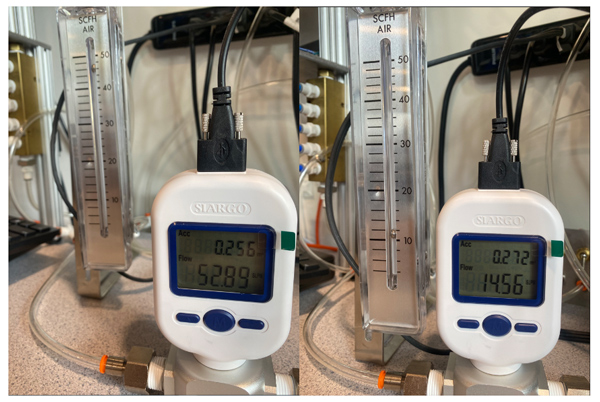Poythress wrote:Ah, that makes sense! I didn’t think about the pressure difference. Our pipeline is running at 80 psi. Does that mean I should apply some sort of correction factor to the Rotameter readings to match the digital meter?
Yes, exactly. With the pipeline running at 80 psi, you’re looking at a significant difference in flow rate because of how the gas is compressed. You’ll need to adjust the Rotameter readings to account for this. There’s usually a correction factor you can apply to bring the readings in line with standard conditions. If your digital flow meter is calibrated for standard conditions (like 20°C and 101.325 kPa), that’s probably why you’re seeing such a big gap between the two.
You are right. Our digital flow meters measure the flow under standard conditions (20°C, 101.325 kPa), while the Rotameter measures flow under the actual working pressure, which compresses the gas and results in a lower flow rate reading. The difference in measurement principles is likely why you're seeing different numbers. It’s normal, but applying a correction factor should help align the readings between the two meters.



